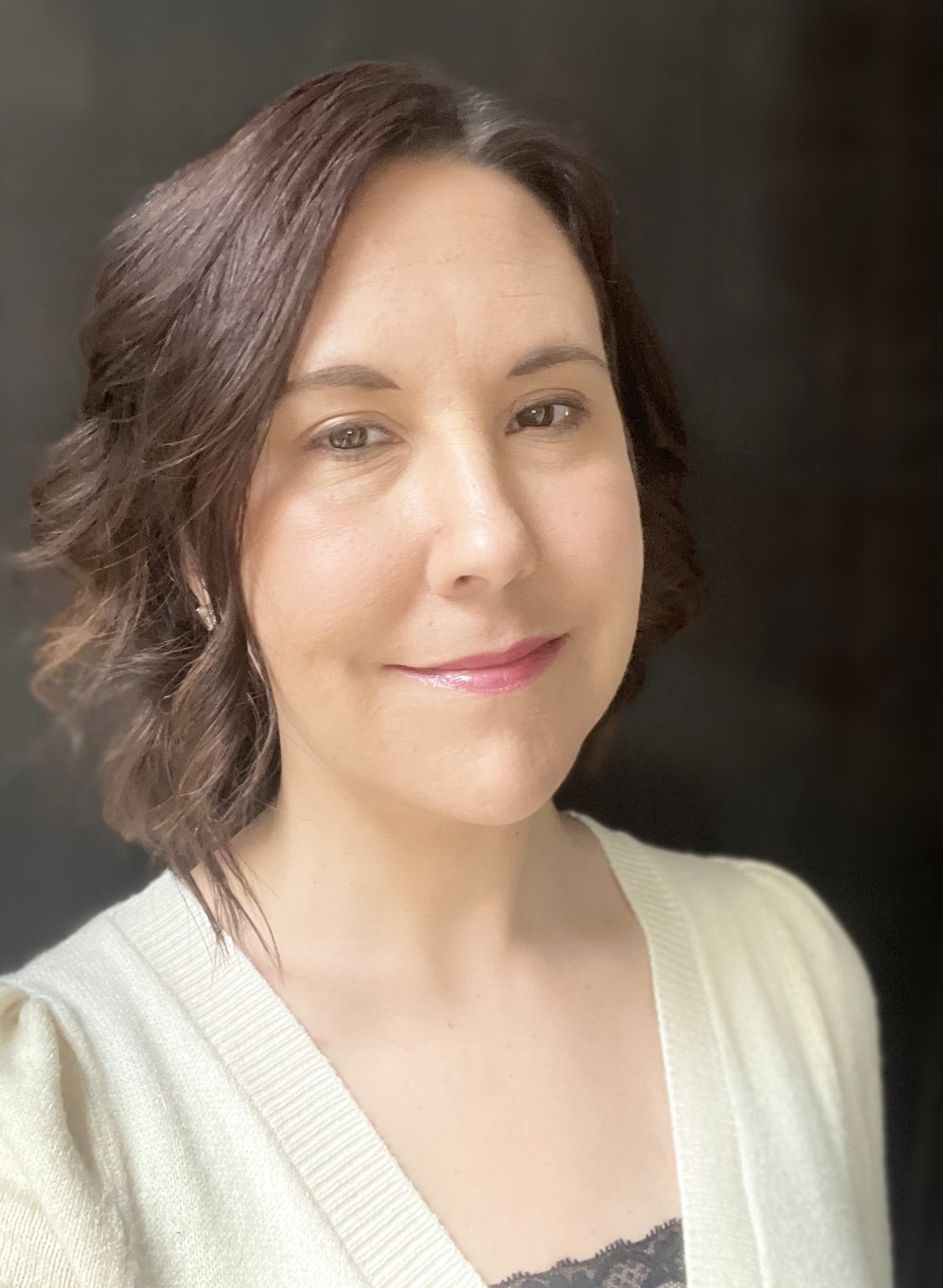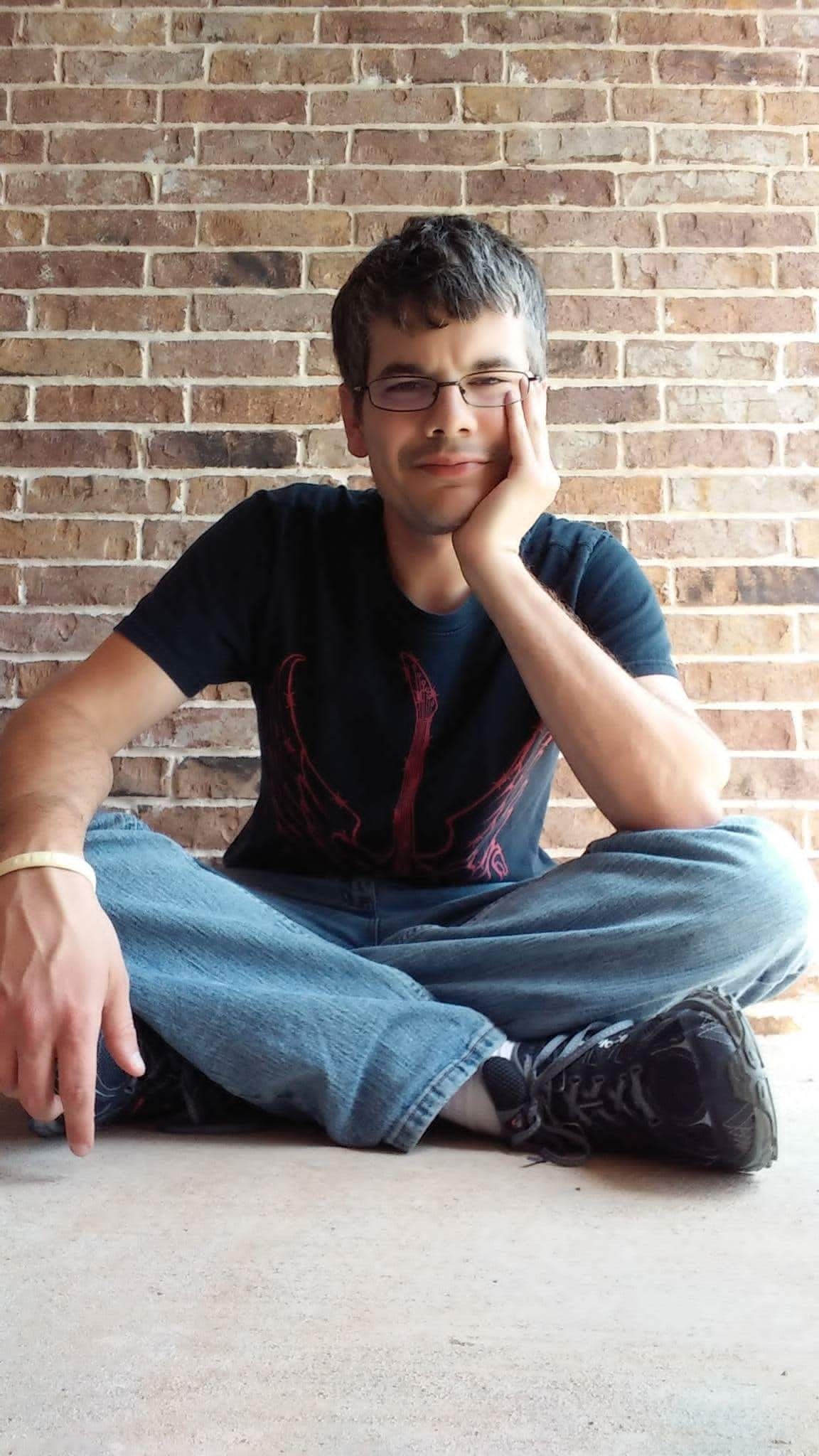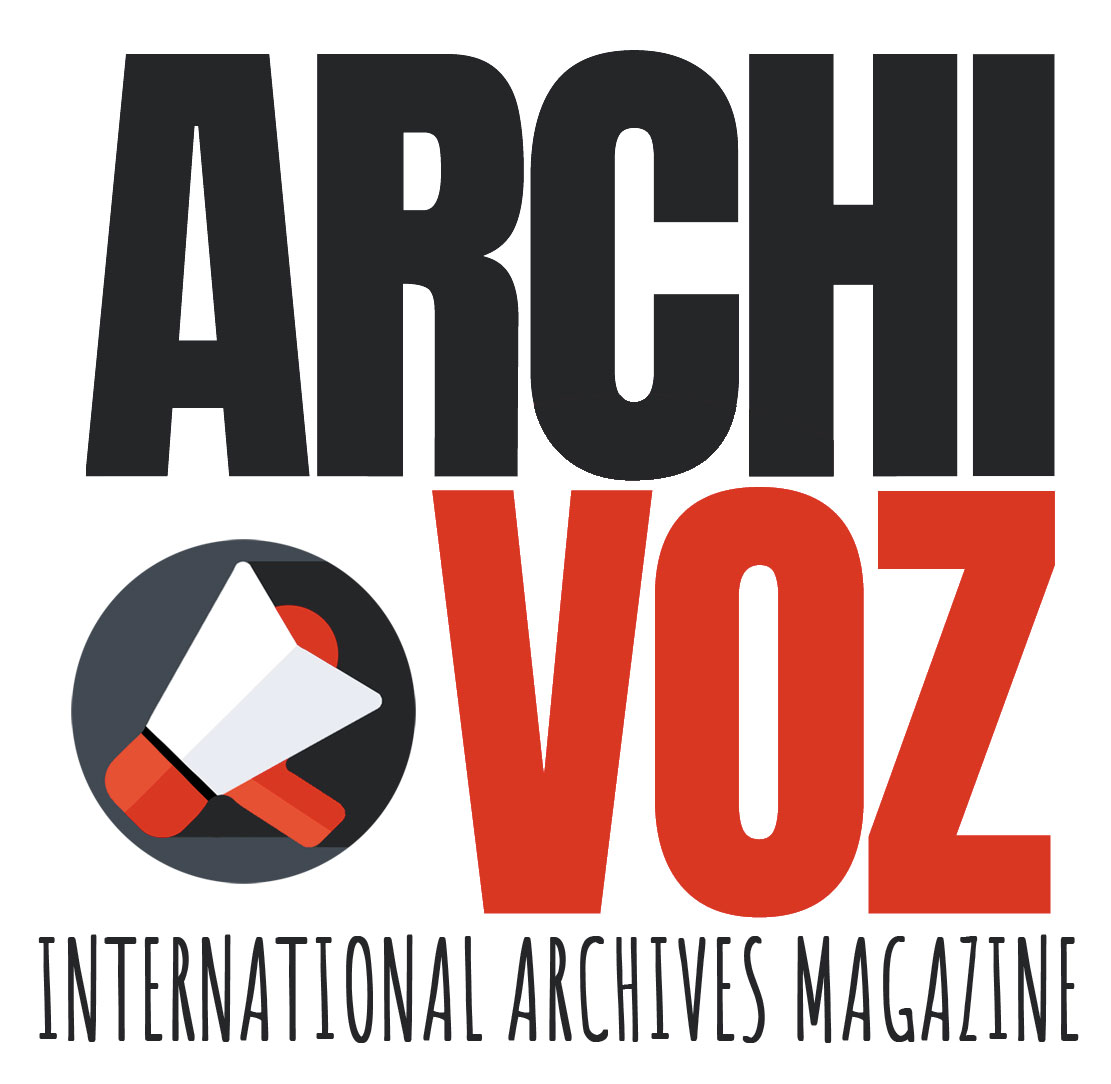Today, Lindsay Loebig gives us some insight into her research on the use of harmful language/content statements in archives in the United States and around the world. She shares with us how they work, why they are important, and their place within an archival space increasingly aware of its role in the pursuit of social justice.
(Archivoz) Why are harmful language/content statements important? What sparked your interest in this line of research?
(Lindsay Loebig) Harmful language/content statements are important because they acknowledge the presence of harmful language in collections and provide a message of understanding and explanation to users. This message is especially important for minority users who have been historically misrepresented in archives. These published statements are a way to keep content findable while being cognizant that descriptive choices can affect inclusive access.
I currently work in records management, but my career background is in non-profit and higher education where I worked with refugees, international students, and first-generation college students. I encountered occasions when these populations were treated as an afterthought by organizations in the creation of administrative processes and resources. The focus would be on what worked for the majority, leaving others out in the process. This exclusion, which isn’t always purposeful, exists in various spaces, including in archives. When I started studying archiving, I was interested in how this was being addressed in the field. My coursework offered me opportunities to explore these approaches.
During my master’s degree, we had a guest speaker from a county archive that holds collections related to mother and baby homes. The archivist discussed how she focused on being transparent and empathetic when creating her finding aids by including remarks in the archivist’s notes. Later in the school year, I was tasked with cataloging a subseries containing 18th century records with offensive stereotypes. I asked my professor how to deal with this material, and she mentioned a resource, but it was limited. I quickly discovered that there was a general lack of resources on the topic. This led me down a rabbit hole of research, resulting in my thesis topic. My goal was to collate the information I found so others wouldn’t have to dig around online like I did.
(Archivoz) Your master’s thesis explored the development of harmful language statements at U.S. institutions of higher learning. Globally speaking, where does the United States stand relative to such efforts in other countries around the world?
(L.L.) I have a skewed view since my background is working for U.S. universities and it was the primary focus of my thesis. Many of the harmful language statements being produced and the academic literature related to the topic are predominantly from the United States and Canada, but I have also seen statements and literature from Australia and the United Kingdom, all countries with colonial pasts. Part of my thesis explored what motivated U.S. university archives to create harmful language statements. The primary reason was a heightened awareness of systemic discrimination that has taken place in higher education and recognizing the need for change. The general trend for social justice in the field has inspired repositories to create their statements. This was sometimes prompted by encounters with ethically challenging material and events like receiving deposits with harmful content, the murder of George Floyd, and public scrutiny of racist content in historical yearbooks. Floyd’s death and the Black Lives Matter movement was a time of reflection for many Americans, and as a result, a number of harmful language statements emerged.
I also think the United States is a large player on the scene regarding harmful language statements because of its size. There are around 4,000 colleges and universities in the U.S., so there is a plethora of university archives and a lot of research being produced. I read an interesting study from 2017 by Dickson Chigariro and Njabulo Bruce Khumalo, where they found that research articles published from 2000-2016 relating to e-records management from the Eastern and Southern African Regional Branch of the International Council of Archives (ESARBICA) only made up 2% of the global output. This was in part due to funding, platforms for publishing and presenting, and the smaller number of research academics in the region. It made me think about all the great research and archival methods that are being produced around the world that are not easily accessible online or that are drowned out by the louder voices. I would like to further explore inclusive efforts of non-English speaking archives and from countries that aren’t the “big players.” There is still a lot to learn about harmful language statements and inclusive practices, so the more heads the better!
(Archivoz) Does adding a statement really fundamentally lessen the impact of harmful content? Is there any potential for a negative effect on a patron’s willingness to engage with archival collections, because of the possibility of traumatic encounter? If so, are these potential risks outweighed by the potential benefits?
(L.L.) As one of my questionnaire participants shared, a harmful language statement does little to contextualize the specifics of the offensive content, but it does help users understand why it exists. A harmful language statement is more of an over-arching message for all collections in an archive. Some repositories will also use content warnings for specific collections. Content warnings are the same concept as a television show that warns viewers of potentially offensive material at the start of the program. The point of the statement is not to detour users, but to alert them and provide an explanation so they are not blindsided by what they might find. Most archives share a method of contact and include a blurb in their statement informing patrons that there are archivists readily available to answer questions. Archivists can clarify any concern and help guide apprehensive users how to retrieve the information in a way that is most comfortable for them.
By not providing a harmful language statement, a user can come across this content with absolutely no context, which could be interpreted negatively. What other surprises could be in the collection? Does the archivist feel the same way about me as the language used? There is a famous example from Dartmouth College where a student using the school’s library catalog saw the term, “illegal aliens” in the online database to describe undocumented immigrants. The student, who had this immigration status, was confused why the library used such a term. Fortunately, the librarian was there to discuss why this existed (it was a Library of Congress subject heading), and the student was able to explain why this was hurtful. The conversation changed some of the library’s practices which spread to other universities and even all the way to the Library of Congress.
Since harmful language statements are still a relatively new concept, there is limited research about them. I couldn’t find any studies which examined their efficacy. In academia we love assessment. Perhaps some of the institutions who have created statements will evaluate if the statements have helped, hurt, or provided no impact on their user engagement. For now, the best we can do is try.
(Archivoz) Is harmful content nevertheless valuable content? How do we shed light on possible harm without compromising the integrity of the archives?
(L.L.) Harmful content is important because it provides insight on historical views, identities, and more powerfully, it can be used as evidence. To loosely paraphrase Randall Jimerson, archives should represent all of us-the good, the bad, and the ugly. In my readings, it was reiterated that removing harmful content from archives is not the answer. As archivists, we provide some context to users and allow them to take the reins to decipher a story. If we remove valuable pieces because of the content, how much of that narrative are we erasing? Sometimes, archivists have to use outdated language in descriptions to make it findable. This is where the concept of harmful language statements began. If harmful content can’t be removed, archivists need other ways to address it.
Part of my thesis aimed at defining the term, harmful language statement, so I broke it down word for word. Defining what is “harmful” can vary from person to person. It is subjective, but there are some topics that are more likely to be offensive than others. Harmful language statements acknowledge offensive content on a broader level, which allows for a catchall no matter what a user interprets as harmful. It also provides flexibility since words can change meaning over time. What is offensive now may not be in ten years and vice versa.
(Archivoz) There has been much discussion of late surrounding archival silences, especially in the context of decolonization of the archives and repatriation of archival materials. Often, these silences aren’t silences at all, but the result of what Stanley Griffin calls “archival noise.” In a recent interview with Archivoz, Griffin spoke about the ways in which Caribbean archives highlight “[a]ll the prejudices that shaped Caribbean society,” by privileging colonizing voices over those of the colonized. I’m curious whether you see any implications for this ongoing conversation in your research. Can harmful language/content statements help to mitigate the rhetorical effects of imperialism in archives throughout the global South?
(L.L.) Harmful language statements do play a role in mitigating the systemic inequalities in archival spaces. While they are a way to acknowledge past wrongs, it is merely lip service if efforts stop at the statement. Several of the archivists I surveyed emphasized this point. A similar example that has gained popularity at U.S. universities is the use of land acknowledgements, where institutions read or post a statement acknowledging they are located on the ancestral homeland of local Indigenous tribes. These statements can be half-hearted and disingenuous if no other efforts are made to make that space more inclusive.
I loved Dr. Griffin’s line, “If colonization was about enforcement, decolonization should be about empowerment.” We must empower the voices we once ignored. Many of the harmful language statements I reviewed include action items. A common action is to invite more minority voices into the cataloging process to ensure appropriate language and names are used in descriptions. This is why representation in archival staffing is also important. Having archivists from underrepresented communities can provide wider perspectives and considerations during the acquisition, appraisal, and cataloging process. It reminds me of a conference session I recently attended where archivists talked about an educational engagement project for school children. When the students were asked to describe a set of records, the kids ended up focusing on different elements of the material. Even though they were all tasked with the same assignment, they produced diverse observations and descriptions. By including people with various lived experiences in the archival process, a larger picture is painted, attracting more users, and developing more than the traditional single-lensed imperialist perspective.
(Archivoz) Sir Hilary Jenkinson, author of the seminal Manual of Archive Administration (1922), famously stated that the archivist’s task is “to provide, without prejudice or afterthought, for all who wished to know the Means of Knowledge.” This is often paraphrased in the idea that the archivist is an impartial custodian of records. Your research suggests that this impartiality is a myth, that archives have never been neutral, and the proliferation of harmful language/content statements further suggests that they should not be, that they should take a moral stand in the interests of social justice. How do we reconcile the archivist as collector/preserver with the archivist as activist? At the end of the day, which of these roles/identities should prevail?
(L.L.) As humans, we are innately biased. Sometimes, this is conscious and other times it is not. Our lived experiences shape the views we have of the world. By acknowledging this, it allows us to be aware that there are other perspectives out there. I think this awareness allows archivists to be better at being neutral during the cataloging process. It has us look at the larger picture and to not pass immediate assumptions on a person featured in a record. We should strive to be neutral, but also not oblivious and callous.
The Society of American Archivists acknowledges in their code of ethics that individual archivists have different levels of willingness to participate in social justice. Like the word “harmful,” “social justice” can mean different things to different people and there are multiple interpretations of what that entails. Social justice doesn’t need to be extreme. It is taking steps to undo wrongs to create a more equitable society. It is important that while we make efforts to be more inclusive of one group, we don’t exclude another in the process. It’s finding the right balance to make the most inviting space for all patrons. Jenkinson saw the archives as a temple. It should be a temple where all are welcome, not just a chosen few.
As in all professions, archival practice changes over time. This is due to societal shifts and the availability of resources. Jenkinson believed that archivists should be hands off in the appraisal process. As the number of records grew, archives simply did not have the space to keep everything that was deposited. In came T.R. Schellenberg with The Appraisal of Modern Public Records (1956), and today appraisal by archivists is an acceptable practice. Those wishing to know the “Means of Knowledge,” a.k.a. users of archives, have also changed since Jenkinson’s time, as have their reasons for accessing records. To put it bluntly, archives don’t just serve rich, white men anymore. In 2012, Terry Cook discussed the four shifting archival paradigms from juridical legacy to cultural memory to societal engagement to community archiving. He believed that these paradigms are not independent of one another but overlap. I think the same can be said about being a collector/preserver while also being an activist archivist. It doesn’t need to be a take all, leave all. We can make the best of both.
Header image courtesy of Lindsay Loebig.
Interviewee:

Lindsay Loebig
Documents Manager, CAE Parc Aviation/AerCap
Lindsay Loebig is an American record keeping professional currently working as a documents manager in Dublin, Ireland. She holds a B.A. in Political Science and French from the University of Arizona, a M.Ed. in Human Relations (educational psychology) from Northern Arizona University, and a M.A. in Archives and Records Management from University College Dublin. Loebig started her career journey in non-profit and then built a decade-long career working in international admissions and student affairs for U.S. universities. Loebig’s time in international education took her to over fifty countries on six continents. She moved to Ireland in 2021 to complete her M.A. and pursue her life-long dream to live abroad. Her thesis was entitled, Exploring the Process of Creation and the Content of Harmful Language Statements in U.S. University Archives (2022). Relatively new to archiving and records management, she hopes to transfer her passion for inclusion and empowerment into her roles in the field.
Interviewer:

Vance Woods
Director of English Content, Archivoz Magazine
Vance Woods is Lead Cataloger at Oregon State University’s Valley Library. He has a Master’s degree in church-state studies from Baylor University in Texas, with a focus on medieval Celtic history in the British Isles. He started as a special collections cataloger at Baylor in 2009, moving to Oregon State University in 2017 after an interim period in Argentina. He has extensive experience with original cataloging in many different formats, both physical and electronic, including rare and unique materials. He is an expert in languages, having worked with Baylor’s Keston Collection, comprised of materials from and about the former Soviet Union in a wide variety of languages, including several Cyrillic-based languages. Vance is fascinated by linguistics in the bibliographic field; it’s a passion he continues to develop at Oregon State. He has published in both scholarly and popular contexts, including a photographic history of Butler, Missouri, where his ancestors came from. Vance is very interested in international cooperation in terms of library science and sees great potential for development in this field.



